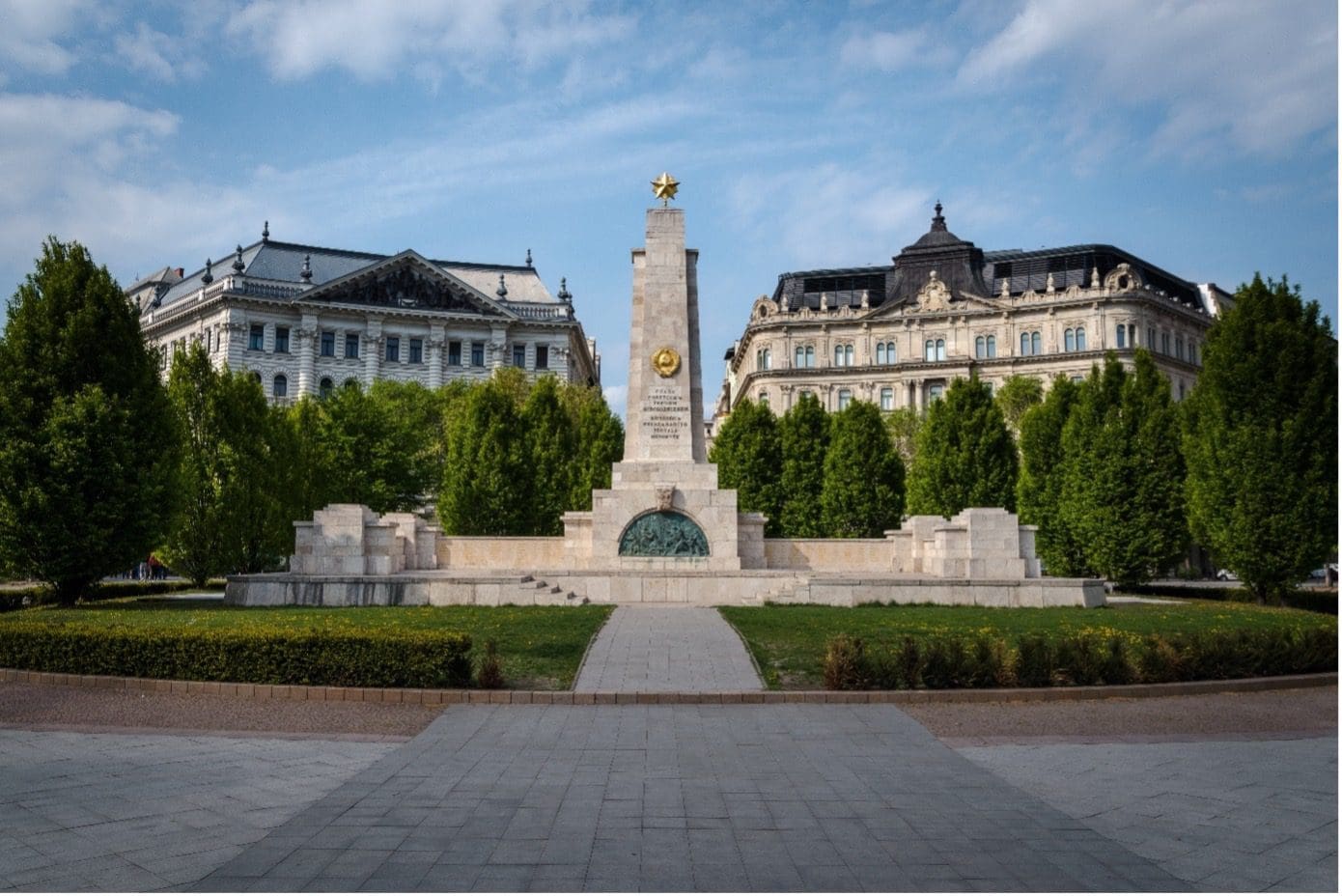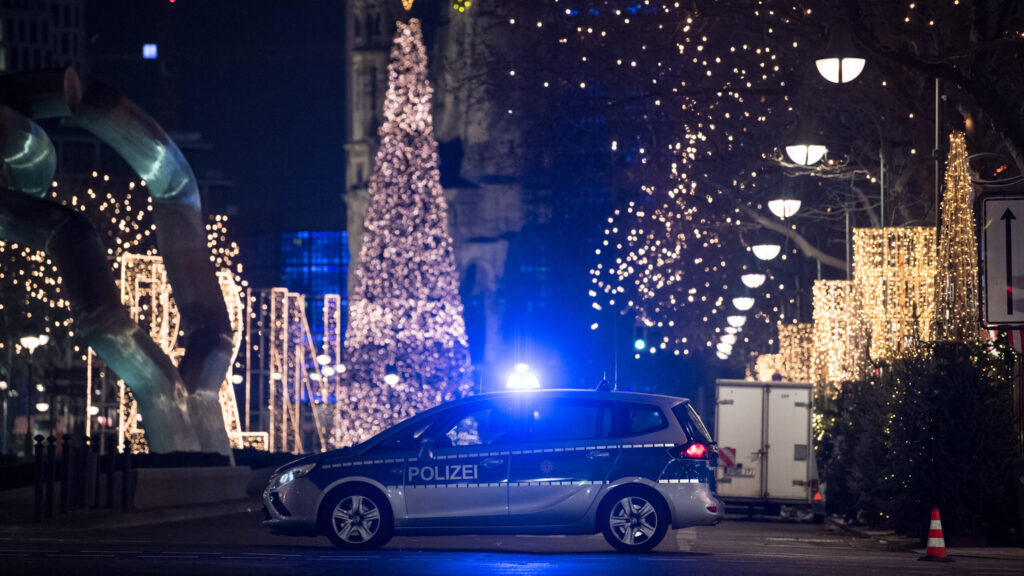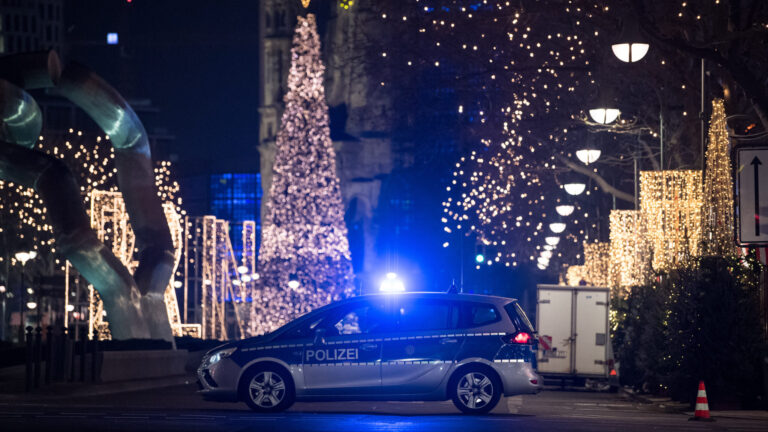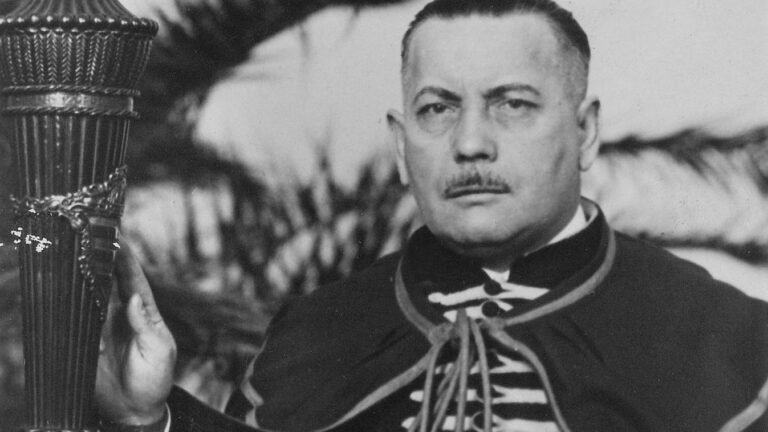The Hungarian Parliament declared 19 June the Day of Hungarian Independence in 2001. In 1991 this was the day when the last Soviet troops left Hungary, marking the end of Hungary’s subordination to the Soviet Union. Correspondingly, the last Saturday of June is the day of Hungarian freedom. 19 June is a reminder of the hard-earned freedom and independence of Hungary – between 19 March 1944 and 19 June 1991, for 47 long years, Hungary was occupied for foreign powers.
In Hungary’s recent history, some dates have been considered to be landmarks, and some of them were turned into official memorial days. The first such date predates the Soviet occupation. Hungary was first invaded by Nazi Germany on March 19, 1944. Then, until 1989, 4 April, the alleged date of the total liberation of Hungary by the Soviet Red Army from Nazi rule was designated by the Communist regime as Liberation Day and celebrated as a public holiday, with compulsory school commemorations across the country. (In reality, the date had been set by Stalin himself as the deadline for the expelling of German troops from the country, and had little to do with facts.)
The alleged date of the total liberation of Hungary by the Soviet Red Army from Nazi rule was designated by the Communist regime as Liberation Day
The incoming military was not friendly to the war-torn civilian population, to say the least – towns and villages were pillaged, tens of thousands (according to several historians, hundreds of thousands) of women were raped, and a similar number of capable young adults were taken deep into the USSR for forced labour (officially as prisoners of war) – defying all international conventions. While people hoped that after a peace treaty is reached the foreign forces would leave, this was not the case. For most of the time while the Soviets were present in Hungary, Hungarian authorities did not even know the exact number of the Soviet troops stationed on Hungary’s territory, and yet Hungary was fully responsible for providing various supplies for an undisclosed number of foreign soldiers.

PHOTO: FORTEPAN/ERDEI KATALIN
While Communist propaganda insisted that the Soviet military presence in Hungary was only temporary, in reality, troops did not leave the country until 1991. In the peace treaty concluding World War II, the Soviet Union was authorised to station its army in Hungary as long as they were present in Austria, too,[1] to secure a transportation corridor for their troops. However, the Soviets did not only refuse to leave Hungary after withdrawing from Austria in 1955, but they also helped to consolidate a dictatorship in the country using violent means. As a result, the Soviet army is increasingly characterised as an occupying force, rather than a liberating army in history books (although some would argue that it arrived as a liberating army, and then it turned into an occupying one).

PHOTO: FORTEPAN/SZIGETVÁRY ZSOLT
This was the first time since March 19, 1944, that no foreign soldier was stationed on Hungarian soil
Fast forward into the 1990s: the Soviet Army did leave Hungary at long last, but only when the USSR was already on the brink of collapse. Famously, the last Soviet soldier to leave Hungary was Viktor Egorovich Shilov, who departed during the final stage of Soviet withdrawal on June 19, 1991. At 14:50 local time, when Silov arrived at the Hungarian border at the Záhony, he said goodbye to Lieutenant General Antal Annus (then Secretary of State of the Ministry of Defence), and then he crossed the Soviet-Hungarian border on foot. With his departure, Soviet military presence in Hungary ended. This was also the first time since March 19, 1944, that no foreign soldier was stationed on Hungarian soil.[2] After 47 years, Hungary was finally free of any foreign military occupation, and regained its long-awaited independence.
This is how General Lajos Fodor, Chief of Staff of the Hungarian Defence Forces between 1 August 1999 – 28 February 2003, recalled the historic day in an interview:
‘It was an incomprehensible feeling. The party state ceased to exist, as did the MSZMP (Hungarian Socialist Workers’ Party). National emotion surfaced. From the simplest soldier to the top of the military leadership, everyone felt we had been freed of a tremendous weight.’[3]
[1] Gábor Balogh, ‘Szovjet csapatok Magyarországon – kezdetek’, 30 éve szabadon, (2021), https://www.30eveszabadon.hu/szovjet-csapatok-magyarorszagon–a-kezdetek-, accessed 21 May 2022.
[2] ‘A Magyar Függetlenség Napja – június 16’, Napok, Napjaink, http://napok.4t.hu/napok/magyar-fuggetlenseg-napja-junius-16, accessed 31 May 2022.
[3]András Miklós Lázin, ‘Harminc éve szabadon’, Magyar Hírlap, (19 June 2021), https://www.magyarhirlap.hu/belfold/20210619-utolsokent-silov-altabornagy-tavozott-a-volgajaval-es-a-soforjevel-matyasfoldrol-bezarta-a-kertkaput-zsebre-tette-a-kulcsot-es-elment, accessed 21 May 2022.







